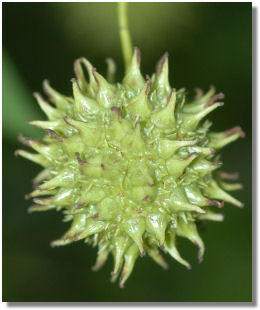

|

ARBORETUM PICTURE OF THE WEEK DIRECT ARBORETUM SUPPORT PRIVATE
SUPPORT GROUPS
|
|
||||||||
Whole Campus and Fern Valley, Asian, Conifer and Bonsai Collections |
Power Plants Garden Virtual Tour |
Arboretum Plant Introductions |
Tough Streetwise Urban Trees |
at the U.S. National Arboretum. |
at the U.S. National Arboretum. |
|
EDUCATION
Discover a new way to appreciate the subtle and serene beauty of winter at this annual exhibit. Specially selected deciduous trees from the permanent collection will be featured in a formal display where they will reveal their framework, or "bare bones". Without the cover of leaves, the elegant lines of the trees will be prominent. Casual observers, novices, and experienced bonsai artists alike will enjoy this unique view of the trees. The show is held in the comfort of the museum's indoor Special Exhibits Wing. No registration required. Free. |
|
The Art of Kusamono A companion to the art of bonsai is the art of kusamono. Kusamono are potted arrangements of wild grasses and flowers in unique pots or trays. The name is composed of two Japanese characters — "grass" and "thing" — which together suggest humble, everyday plants or even weeds. Originally, this name referred to the small, potted grasses displayed next to bonsai as accent plants. A well-chosen kusamono reflects the season in which it is displayed. Some compositions are designed to include plants that will look good in several seasons. Besides the season, a kusamono should suggest a specific natural habitat—such as a wetland, meadow or woodland. Whether using a single plant or a group of plants, there are three basic styles of planting: moss-ball, out-of-pot, or in a container. Read Full Story. |
| |
|
Introducing Viburnum 'Nantucket'
The National Arboretum is pleased to announce the release of 'Nantucket', the 20th viburnum
cultivar from the shrub breeding program. This outstanding plant was selected for its large,
mildly fragrant white inflorescences, dark semi-evergreen narrow leaves, and upright relatively
compact growth habit. With a mature size of 12 feet high by 7 feet wide, 'Nantucket' is well-suited
as a specimen plant, in a hedge or mass planting, or as a backdrop in the shrub border. 'Nantucket' originated from a cross made in 1988 by the late Donald Egolf using 'Eskimo' as the
seed parent combined with pollen from a species collected in the wild from China. Based on production
and landscape performance at the USNA and at the sites of various cooperators, 'Nantucket' was named and
released by the US National Arboretum and Agricultural Research Service in July 2008.
Read Full Story |
|
Arboretum Information || Events & Education || Gardens & Horticulture || Research Activities Support the Arboretum || New Plant Introductions || USDA Plant Hardiness Zone Map || Comments Search Our Site
3501 New York Avenue, NE; Washington, D. C. 20002-1958 Tel: 202-245-2726 Fax: 202-245-4575
Beltsville Agricultural Research Center of the Agricultural Research Service of the U.S. Department of Agriculture
URL= http://www.usna.usda.gov *###* |